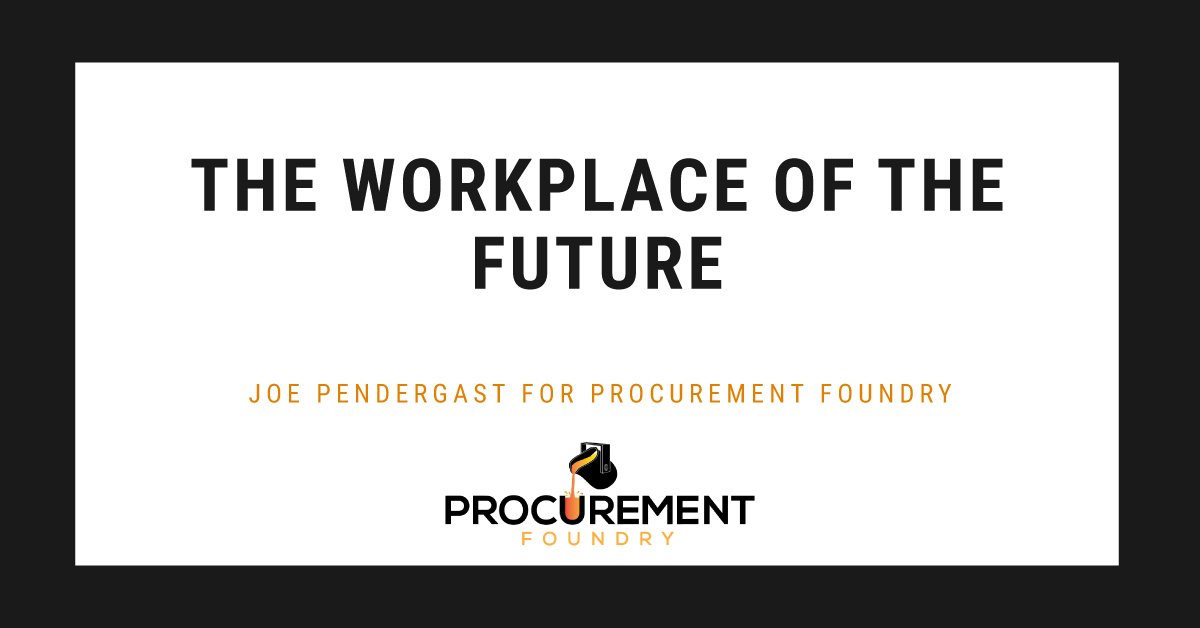Maximizing Savings Opportunities and Procurement's Strategic Value for CPOs
Saving money is not always about pinching pennies: advanced and data-driven insights enable you to identify real cost-saving opportunities, negotiate...

The COVID pandemic has changed every part of our world, including where we work. The term “office” may now be obsolete, and perhaps it is time to transition to using “workplace” as the all-encompassing term for the places we will work.
The near-term will be a transitional phase, but what can we expect in 2022?
Conventional wisdom held that the office was a critical business need, where collaboration led to productivity and innovation, all in the space of shared belonging. Prime office space was sought to attract talent, co-locate with innovation hubs, create a presence in specific markets, and more.
Pre-COVID trends toward an interconnected and mobile workforce began to attack this conventional wisdom. The COVID pandemic has not only accelerated this new trend but perhaps redefined what the office is, summarized in three broad categories:
As we head toward 2021, it is clear working from home is here to stay. While some companies already had significant work-from-home policies, others developed temporary policies as the crisis progressed in early 2020, and now employees want permanent policies.
Industry surveys (JLL, CBRE, McKinsey) consistently show a strong desire to continue working from home, with majorities (sometimes super-majorities) saying:
Employers tend to agree, with majorities seeing the value of work-from-home as a benefit to maintain or attract talent and lower the overall expense of keeping office space.
This does not, however, mean the end of the traditional office.
The physical office is still necessary as a centralized place that creates a sense of belonging and collaboration. While the overall need for space will be lower, the remaining space will be flagship locations, competing for those prime office space locations.
Regional and industry trends will vary, but in general:
These flagship locations are not designed for every employee, every day, so when employees are not able to work from home or go to the flagship, a third alternative is necessary to serve business needs.
This alternative workspace is expected to be a flexible arrangement with high consideration of co-working spaces or short-term satellite offices. Research shows companies may build in 25%-50% of “flexible” space to accommodate various business and employee needs.
Since employees do desire a place to go and collaborate, but travel to the flagship locations is not always practical, these workspaces would locate in suburban areas or smaller cities and provide essential office services, with the goal is giving employees an occasional place to go, collaborate, and strike a work-home balance.

Saving money is not always about pinching pennies: advanced and data-driven insights enable you to identify real cost-saving opportunities, negotiate...

The topic of our recent roundtable discussion with a dozen Procurement Foundry community members—exploring potential flaws in procurement incentive...

Every 30 days or so, I get the same alert on my phone—“Your electricity bill is available for viewing.” I take a quick look, make sure nothing seems...